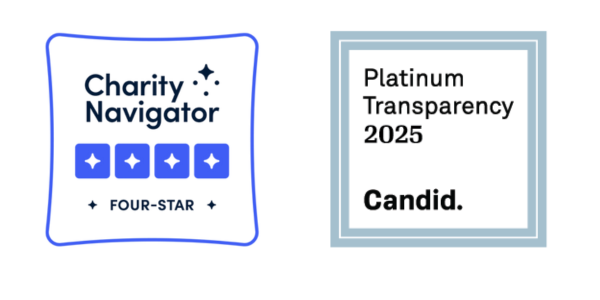(Sept. 20, 2022)
At a meeting this past summer in Tampa, Tom Brady’s eyes lit up as he listened to an idea about what to do next. The meeting didn’t have anything to do with the 45-year-old, seven-time Super Bowl champion quarterback returning to play one more season in the NFL. Instead, it was about a direction that his TB12 Foundation could take in charting a new course for public health and wellness, beginning with children.
The idea was to bring Brady’s training philosophy and regimen to schools in the area around where he currently plays for the Tampa Bay Buccaneers. This year, ten middle and high schools in Pinellas County are incorporating Brady’s training methods into their curriculum. Students and teachers in the schools selected for this pilot program are learning lessons about the basic activities, habits, and equipment that shape the Brady method. The goal is to guide kids to understanding the value that focusing on health and wellness can play both now and later on in their lives.
The program draws heavily on the TB12 Method, an approach that Brady started developing over ten years ago with his personal body coach Alex Guerrero. In their pursuit to achieve top performance and career longevity, they began building a training and wellness system based on five pillars: pliability, nutrition, hydration, movement, and mental fitness. Brady credits it with his playing more than two decades in the NFL—the longest for any quarterback in league history and a span during which he has indisputably become the best-ever at the position.
A business arm of the Brady brand has previously made versions of the TB12 Method available to the public through books, performance and recovery center locations, and trademarked products. But the non-profit arm—the TB12 Foundation—was established in 2015 “to help educate and inspire athletes to excel in both sports and life.” Personal experience with injuries earlier in his career drives Brady’s interest in the approach reaching populations ranging from student-athletes to at-risk youth to military service members to people who are vulnerable to socioeconomic or poor health issues.

